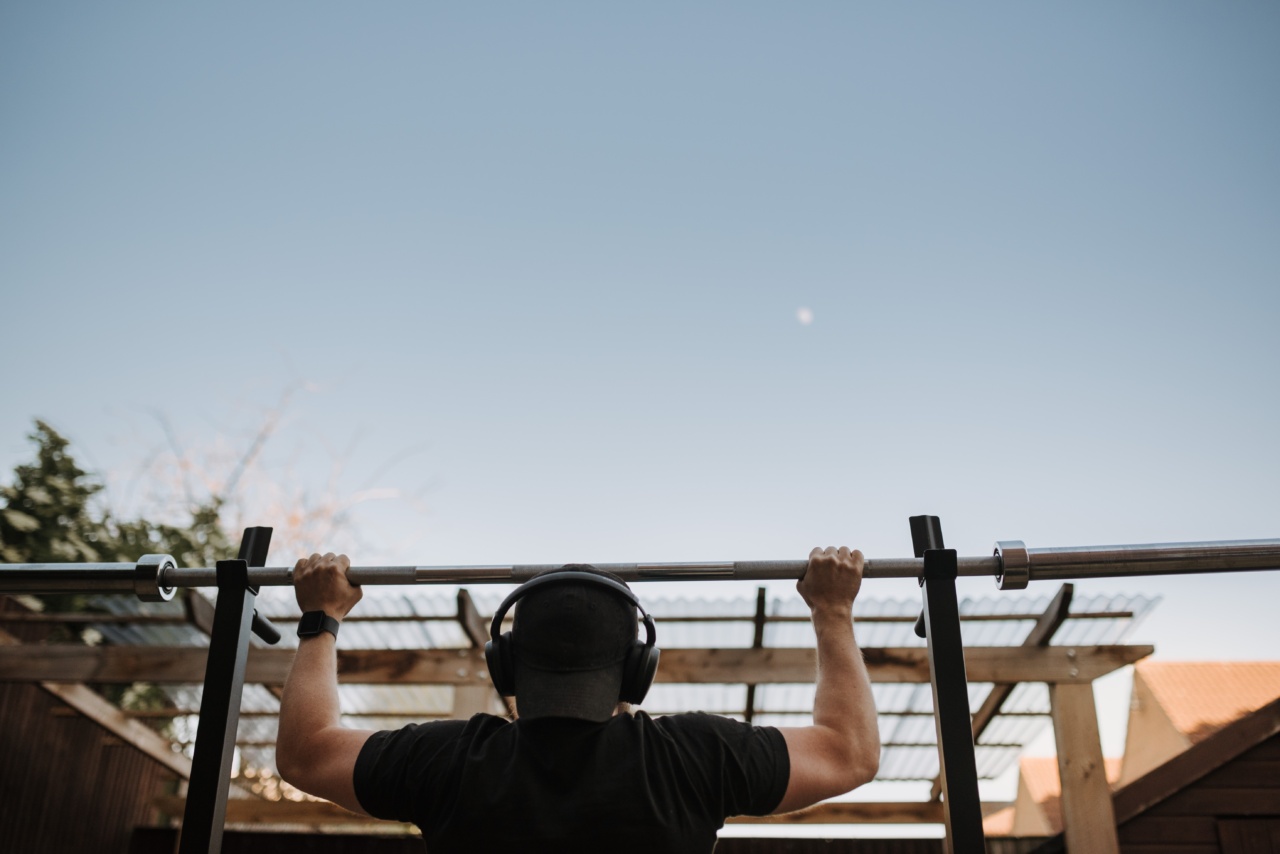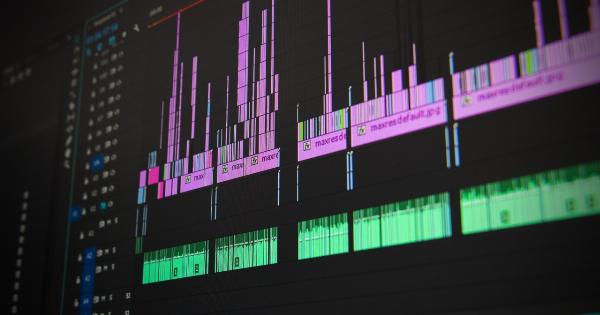There is no denying that music can be a powerful motivator during a workout. However, finding the right soundtrack for your sweat session can be a challenge.
Between the cacophony of sounds in a gym or the chirping birds on an outdoor run, it can be tough to find a balance of sound that can help you reach your fitness goals. So how can you optimize your sound for maximum efficacy during your workouts? Here are some tips.
Start By Choosing the Right Headphones
In-ear headphones are an ideal choice for workouts as they stay in place and minimize any interference from external noise.
Additionally, they don’t weigh down your workouts which can be an added challenge when you’re trying to move quickly and efficiently. Some great options for in-ear headphones include Apple AirPods Pro, Bose QuietComfort Earbuds, and Jabra Elite 75t.
Find the Best Tempo for Your Workouts
Generally, the best tempo for workout music is between 120-140 beats per minute (BPM). This is because this range of tempo matches our natural strides, heart rate, and breathing rate which makes for a more comfortable workout.
There’s also research to support the idea that music within this tempo range can boost our endurance, reduce perceived exertion, and improve overall performance. You can use resources such as Spotify’s workout playlist feature, or websites like jog.fm, or Running Playlist to find music with the right tempo for your workout routine.
Consider Using White Noise
Another option to optimize sound is to mask the external noise with a gentle white noise. White noise machines are an option for working out in a home gym, or you may also be able to use an app on your phone that can play white noise.
The white noise can help cancel out distractions or irritations particular to your workout space, such as the traffic noise outside, air conditioner sounds, or any patrons talking in the gym or working out beside you.
Use Binaural Beats to Achieve Relaxation
Binaural beats can help to achieve a meditative state of mind by exposing the listener to different frequencies in each ear. They are said to help reduce anxiety, promote relaxation, and increase focus.
You can find an array of binaural beats tracks on YouTube and Spotify including focused playlists and more general ones that cover a range of types of beats, such as “Beautiful Mind” which offers sounds for “meditation, creativity, focus, relaxation or insomnia relief.” If you’re listening to YouTube, make sure to put your phone on “airplane mode” if you want uninterrupted listening.
Make Playlists or Use Apps
A well-curated playlist for your workout is not only a way to psych yourself up for a sweat session, but research says “self-selected” music is more effective.
An impromptu mix will do in a pinch, but spend a few minutes putting together a playlist that works for your workout goals, whether you’re doing a HIIT routine, going for a long run, or taking a yoga class. Apps like Spotify, Apple Music, or Fit Radio, provide playlists and other features tailored to various workouts. We recommend investigating “playlist” options offered by your choice of music streaming platform.
The Workout Music App can also be a great option.
Take Inspiration from Professionals
A lot of professional athletes and trainers have dedicated workout playlists that they listen to during training.
You can often find them on apps like Spotify, Apple Music, or in YouTube playlists that feature songs used by Olympians, NFL teams, the NBA, and other athletes for workouts. You may try choosing tracks from Beyonce’s workout playlist, Britney Spears’ “Workout Mix” playlist or the famous gym music workout playlist by Gymshark.
The idea is to take inspiration from professionals so that you can achieve the same level of energy and focus that they do during their workouts.
Optimize Your Sound for the Workout Environment
The training environment can also impact the sound you need for your workout.
For example, a dimly lit yoga class may benefit from mellow instrumental background music or calming nature sounds, whereas a spin class needs pumping beats that motivate you to pedal harder. The sound you require may also vary depending on whether you are exercising outside or inside. Make sure you adjust your music according to the workout environment, so you are not left wanting more or feeling too overwhelmed.
Avoid Listening Too Loud
Avoid turning up the volume too high. Loud noise through headphones may make you feel like you are working harder, but it can lead to hearing loss in the long term.
Sound isolating headphones do a better job of blocking out ambient noise and let you listen to music at lower volumes, which can minimize damages to your hearing. It may also be useful to invest in headphones that have a “safe volume” feature, which prevents fanatics from setting the sound too high.
Experiment and Have Fun
Lastly, it’s crucial to experiment with different mixes, playlists, and sound equipment to find what works for you.
A lot of experts disagree on the best sound strategies and say that at the end of the day, it needs to complement your workout style and your preferences. That being said, it doesn’t hurt to mix things up once in a while to prevent getting bored with the same old music. CD mixes, a mixtape, a shuffled Spotify playlist, a podcast, or the radio with high-intensity workout tones can do a trick.
Remember, the goal is to have fun while exerting yourself, so don’t get too caught up in getting the perfect sound for your workouts.































